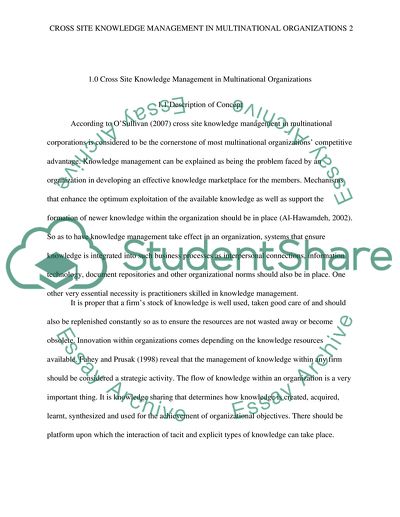Cite this document
(“Cross Site Knowledge Management in Multi National Organizations Research Paper”, n.d.)
Cross Site Knowledge Management in Multi National Organizations Research Paper. Retrieved from https://studentshare.org/management/1759863-cross-site-knowledge-management-in-multinational-organizations
Cross Site Knowledge Management in Multi National Organizations Research Paper. Retrieved from https://studentshare.org/management/1759863-cross-site-knowledge-management-in-multinational-organizations
(Cross Site Knowledge Management in Multi National Organizations Research Paper)
Cross Site Knowledge Management in Multi National Organizations Research Paper. https://studentshare.org/management/1759863-cross-site-knowledge-management-in-multinational-organizations.
Cross Site Knowledge Management in Multi National Organizations Research Paper. https://studentshare.org/management/1759863-cross-site-knowledge-management-in-multinational-organizations.
“Cross Site Knowledge Management in Multi National Organizations Research Paper”, n.d. https://studentshare.org/management/1759863-cross-site-knowledge-management-in-multinational-organizations.


